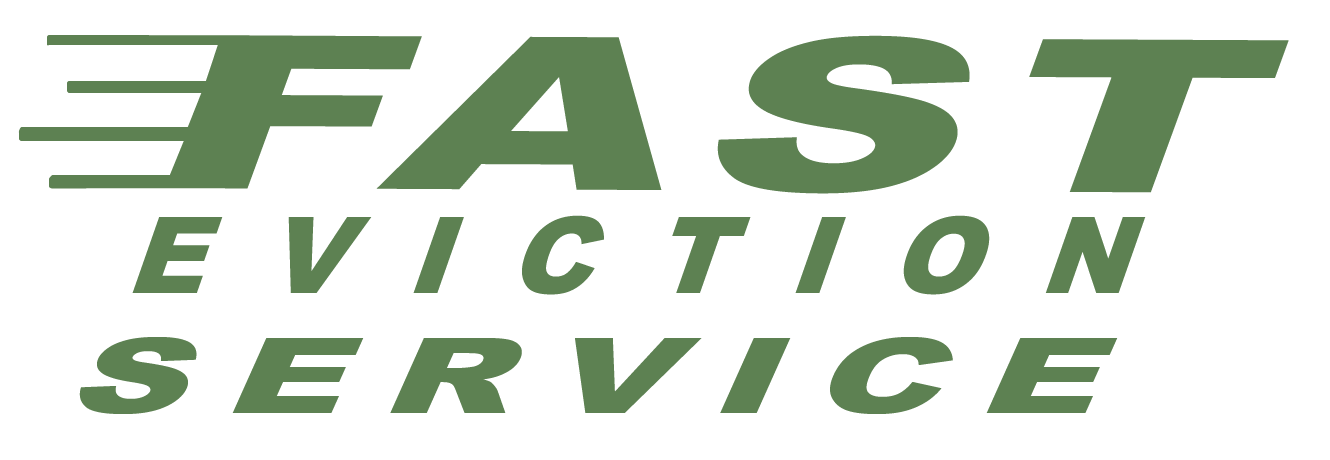You are represented at all times by one of our California Eviction Attorneys | 1-800-686-8686 | intake@fastevict.com | Se habla español
Discovery in Unlawful Detainer Cases in California
Updated 6/17/24
Once an Unlawful Detainer lawsuit is filed and the tenant decides to contest the eviction the process called “discovery” is a very important tool that can assist the landlord’s attorney in preparing for trial.

The Discovery Process in Unlawful Detainers
In California, the discovery process in an unlawful detainer trial allows both the landlord (plaintiff) and the tenant (defendant) to obtain information from each other to prepare their cases. Here are the key components of the discovery process in California.
Types of Discovery
- Interrogatories: Written questions that one party sends to the other to be answered in writing and under oath.
- Depositions: Oral questioning of a party or witness under oath, typically recorded by a court reporter.
- Requests for Production of Documents: Requests for specific documents or items related to the case.
- Requests for Admissions: Requests that the other party admit certain facts to be true to narrow the issues for trial.
- Subpoenas: Orders requiring a person to appear at a deposition or trial, or to produce documents.
Discovery Timelines
- Shortened Timeline: Unlawful detainer cases in California are fast-tracked due to their summary nature. The typical discovery period is much shorter compared to other civil cases.
- Notice Periods: For example, written discovery (interrogatories, requests for production, requests for admissions) must generally be responded to within five days after the request is served.
- Depositions: Parties must give at least five days’ notice before taking a deposition.
Special Considerations
- Limited Scope: The scope of discovery in unlawful detainer cases is often limited to issues directly related to the eviction, such as the terms of the lease, payment history, and compliance with lease terms.
- Court Permission: In some cases, especially if extensive discovery is needed, a party may need to seek court permission.
Filing and Serving Discovery
- Serve Opposing Party: Discovery requests must be served on the opposing party in accordance with California’s service rules.
- File Proof of Service: Proof of service should be filed with the court to show that the discovery requests were properly served.
Responding to Discovery
- Timely Responses: Parties must respond to discovery requests within the stipulated time frames. Failure to do so can lead to motions to compel and possible sanctions.
- Objections: Parties can object to discovery requests on various grounds, such as irrelevance or privilege.
Motions Related to Discovery
- Motions to Compel: If a party fails to respond to discovery requests adequately, the requesting party can file a motion to compel responses.
- Protective Orders: Parties can seek protective orders to limit or prevent certain discovery if it is deemed burdensome or invasive.
What to Expect During Discovery in an Eviction
- Short Timelines: Unlawful detainer cases have expedited timelines, requiring prompt and efficient handling of discovery.
- Limited Scope: Discovery is often focused on specific issues related to the eviction, such as lease terms, payment history, and compliance with lease terms.
- Proactive Participation: Both parties must actively participate in the discovery process to gather the necessary information for their case.
- Potential for Disputes: Discovery disputes are common and may require court intervention to resolve.
Tips on how to get through discovery
Dealing with discovery in an unlawful detainer trial in California can be challenging due to the expedited nature of these cases. Here are some tips to effectively handle the discovery process:
Be Organized and Timely
- Keep Detailed Records: Maintain organized records of all communications, documents, and evidence related to the case.
- Meet Deadlines: Pay close attention to discovery deadlines and respond promptly to requests. Failing to meet deadlines can result in adverse rulings.
Understand the Rules
- Familiarize Yourself with the Law: Review the California Code of Civil Procedure sections relevant to unlawful detainer actions and discovery.
- Know the Scope: Understand what information is relevant and permissible to request in an unlawful detainer case.
Prepare Thoroughly
- Identify Key Information: Determine what information you need to prove your case and request it through appropriate discovery tools.
- Anticipate Opponent’s Requests: Consider what information the opposing party might request and prepare your responses in advance.
Use Appropriate Discovery Tools
- Interrogatories: Use these to get detailed written answers to specific questions.
- Requests for Production: Use these to obtain documents and tangible evidence.
- Requests for Admissions: Use these to establish certain facts as true, thereby narrowing the issues for trial.
- Depositions: Use these to obtain sworn testimony from parties and witnesses.
Be Clear and Specific
- Craft Clear Requests: Make sure your discovery requests are specific and clear to avoid objections and ensure you get the information you need.
- Respond Clearly: Provide clear, concise, and complete responses to discovery requests from the opposing party.
Protect Your Interests
- Raise Valid Objections: If a discovery request is overly broad, irrelevant, or seeks privileged information, object to it appropriately.
- Seek Protective Orders: If a discovery request is unduly burdensome or invasive, consider seeking a protective order from the court.
Communicate Effectively
- Meet and Confer: If there are disputes over discovery, engage in a “meet and confer” process with the opposing party to try to resolve issues without court intervention.
- Document Communications: Keep records of all communications regarding discovery to show efforts to resolve disputes.
Be Honest and Accurate
- Provide Honest Responses: Ensure all information you provide is truthful and accurate. Misleading or false information can harm your credibility and case.
- Correct Mistakes Promptly: If you realize you have made an error in your discovery responses, correct it as soon as possible.
Prepare for Depositions
- Review Relevant Documents: Before a deposition, review all relevant documents and information that might be discussed.
- Practice Answering Questions: Prepare for depositions by practicing how to answer questions clearly and concisely.
Seek Legal Advice
- Consult an Attorney: If possible, consult with an attorney who has experience in unlawful detainer cases to guide you through the discovery process and help you avoid pitfalls.
- Consider Self-Help Resources: If you are representing yourself, use self-help legal resources and guides available through the California courts and legal aid organizations.
Effectively managing the discovery process in an unlawful detainer trial requires organization, knowledge of the rules, clear communication, and strategic thinking. By following these tips, you can better navigate the complexities of discovery and build a stronger case for trial.




